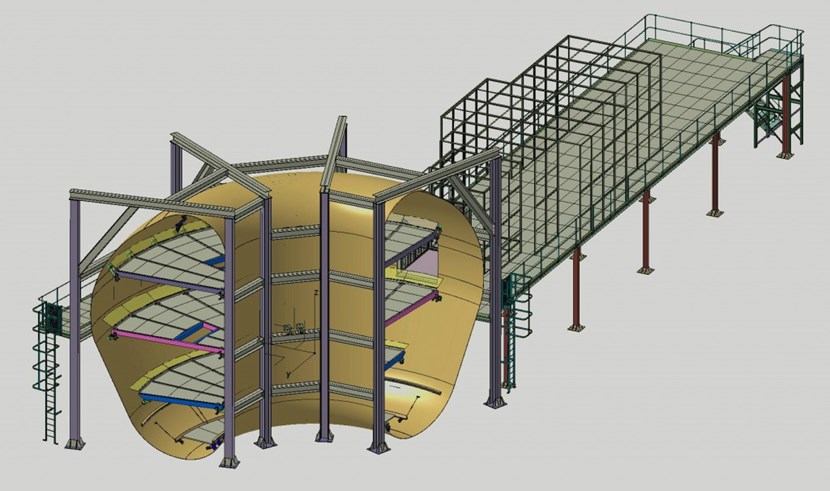These tools will have to operate in limited space, respect challenging cleanliness specifications that restrict the type of lubricant or paint that can be used, and be capable of holding and positioning loads of around 5 tonnes with high accuracy. They will also have to be conceived in a modular fashion, to be assembled or dis-assembled as needed in the staging area.

CNIM will design and manufacture a Trial, Test and Training Facility that demonstrates that the tooling can achieve the required in-vessel assembly tasks. Although not built from the same materials as ITER, it will perfectly reproduce the ''space envelope'' within which the in-vessel assembly tools will have to operate.
In December 2015, the ITER Organization signed a contract with CNIM Industrial Systems (Toulon, France) for the engineering design, manufacture and testing of the mechanical handling equipment as well as the platform-type staging required for access within the vessel. Contract scope also includes a trial and test facility that will serve to qualify the tools and to train future operators.
On the basis of the ITER conceptual design and technical specifications, CNIM will propose solutions and develop the detailed design of all tools.







